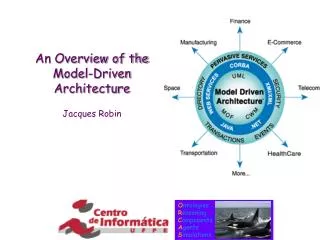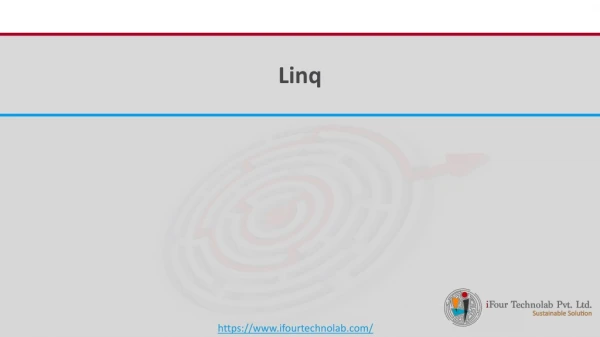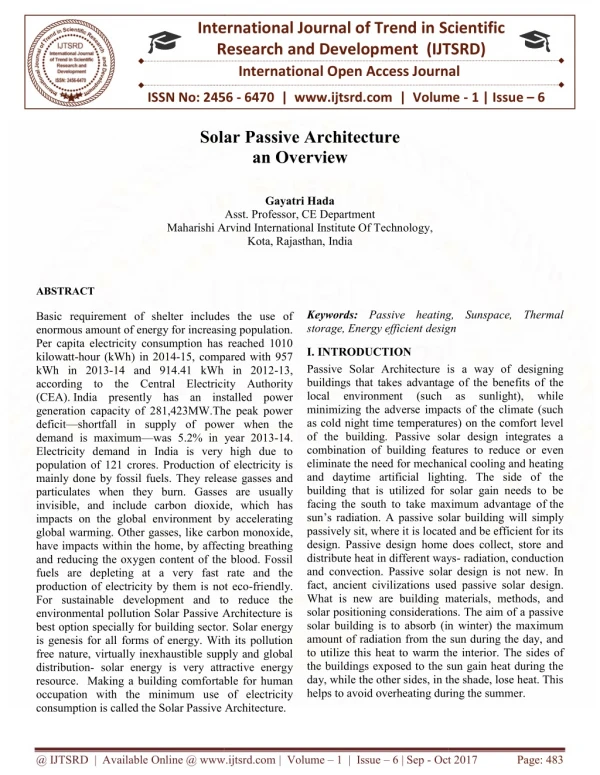Architecture Philosophy-An Overview
20 likes | 64 Views
Architecture stands as a tangible reflection of human creativity and societal values through the ages. The philosophy of architecture goes beyond the mere creation of structures; it encompasses a profound understanding of cultural, historical, and aesthetic contexts. A Bachelor of Architecture degree not only equips students with technical skills but also introduces them to the philosophical underpinnings that shape the built environment. In this article, we will expand on the role of architecture philosophy in shaping the education and practice of aspiring architects.
Download Presentation 

Architecture Philosophy-An Overview
An Image/Link below is provided (as is) to download presentation
Download Policy: Content on the Website is provided to you AS IS for your information and personal use and may not be sold / licensed / shared on other websites without getting consent from its author.
Content is provided to you AS IS for your information and personal use only.
Download presentation by click this link.
While downloading, if for some reason you are not able to download a presentation, the publisher may have deleted the file from their server.
During download, if you can't get a presentation, the file might be deleted by the publisher.
E N D
Presentation Transcript
More Related






















